Castor Oil Ricinus communis
Made from the seeds of the castor tree (bot. Ricinus communis). Originating in Africa, castor trees are found in the Mediterranean region, the Near and Middle East and India.
It is a historical oil, one of the oldest oils used by mankind: castor oil has been used in various countries for farming, cosmetics, aromatic ointments, and in traditional medicine, in Ayurveda, Unani, and in African peoples.
Castor oil has been used in the manufacture of hair ointment – brilliantine, nail polish, solid perfumes and lipsticks. Black eye-paint (kohl, which is still used by men as well as by Oriental women) was obtained by burning castor oil in lamps; the lamps were covered with copper or silver vessels on which soot accumulated; the soot was scraped into small pots, and the kohl, or 'surma', was then used to line the eyes.
The seeds accumulate about 50% of the oil. The protein ricin in the seeds is very poisonous, and a few seeds could poison a person. Fortunately, ricin does not get into the oil.
- Does not contain fragrance allergens - good for sensitive folks
- Preservative-free - does not disrupt the microbiota
- Vegan
- Process: Cold pressed
- Unrefined
- For pregnant
- For Infants 1-12 month
- For newborns (0-1 month)
- For Dogs
- For Hair Care.
Why is castor oil so beneficial?
Castor seeds typically contain about 45-50% fat (oil). Its chemical composition is unique compared to other vegetable oils. It is dominated by ricinoleic acid (85-95%), which is not found in any other vegetable oil. Other valuable acids in castor oil are oleic, linoleic, stearic, palmitic, as well as valuable phytosterols and vitamin E. It is one of the most viscous oils, stable, not prone to oxidation and perishability, usually colourless or pale yellow, with a faint specific odour. Its unique fatty composition means that it has no alternative to other oils. Well, together with pomegranate seed oil, they are among the most special.
How and what is castor oil used for?
Thanks to its valuable ricinoleic acid and other components, castor oil is one of the most popular natural products in cosmetics.
The main areas where castor oil is used are for skin and hair care and beautification:
- Hair and scalp care
- Eyelashes and eyebrows
- Skin cleansing (oil cleansing)
- As lip balm
- Nail massage, nourishment, polishing
- For nourishing, moisture-retaining skin care
- For skin regeneration
- To soothe irritated, sensitive skin
- For acne
- In decorative cosmetics
Let's discuss the most relevant of these applications separately.
Benefits of castor oil for hair
Castor oil is the name most often heard when referring to natural hair care products. It effectively nourishes tired hair and makes it shiny. The oil is particularly beneficial for damaged hair. It is probably common knowledge that colouring, frequent drying and environmental factors (e.g. intense sun exposure, swimming pool water) have a strong negative impact. This oil can be used both as a conditioner and as a mask to repair your hair and protect it from further damage.
Castor oil can also be a wonderful treatment for the scalp, as it retains moisture and improves overall condition. It is particularly suitable for dry, irritated, itchy and dandruffy scalps.
Although there are no validating studies to date, it is one of the most commonly used oils for hair lushness. Weekly hair masks are recommended. Before using the oil, warm it in the palms of your hands, rub it into the roots of the hair, into the hair itself, massage it in and comb it out. Leave the oil on for at least 20 minutes (preferably overnight) and wash out with a gentle shampoo. You can also cover your head with a towel or cling film. For better absorption, you can wet your hair before the treatment. The oil is quite viscous, so you can mix it with other, lighter oils - almond, jojoba, marula and argan oils are particularly suitable for hair. You can also add essential oils such as Atlas cedar, vetiver, and ayer to your chosen base oils.
Hair mask with castor oil:
- 20 ml jojoba oil
- 10 ml castor oil
- 5 drops of the essential oil blend "Šaknų maistas/Root Food"
Benefits of castor oil for eyelashes
Many people dream of longer and lusher eyelashes, but lifestyles and the constant use of cosmetic products often wear them down. What to do if your eyelashes are weak and sparse?
In your search for a solution, you probably often hear the phrase "but have you tried castor oil?" Many years of practice have shown that this oil is as good for the eyelashes as it is for the hair. Castor oil gives more lushness, strength, prevents breakage and fall-out, and its price is much lower than the expensive serums on the market.
However, care should be taken when applying oils to the sensitive eye area, as they can irritate the eye lining. It is best to gently apply it to the lashes with a cotton pad or a toothpick before going to bed and wipe off the excess in the morning. The first results can be seen after a couple of weeks, while the full effect will require a little patience, which can take up to several months.
Effects of castor oil on the skin
Much can be written about the benefits of castor oil for the skin. First of all, it is particularly helpful for those with dry skin. The ricinoleic acid it contains acts as an emollient, which means that it helps retain moisture inside the skin and prevents it from drying out, softening flaky skin. This makes castor oil a very common ingredient in creams, lotions and cleansers. It is only viscous, and if you apply it as a carrier oil, it can be mixed with other, lighter oils such as almond, argan, olive. For faster absorption, apply the oil on wet skin. A few drops on the face and hands will be enough.
The ricinoleic fatty acid in the oil acts as a cleanser. It dissolves clogs of dust, grease, cosmetics and dead cells in the pores. Castor oil also helps to regenerate the skin. It promotes tissue renewal. Its moisture-retaining properties also create a favourable healing environment in wound areas, preventing them from drying out. Cleansing your face with castor oil is simple: apply a generous amount of oil to your face, leave it on for a few minutes to dissolve make-up and wipe it off with a wet cotton pad. Due to its purifying properties, castor oil and ricinoleic fatty acid are common ingredients in cleansers and facial cleansers.
It is also useful for acne and youthful acne, especially in adolescence. It has cleansing properties, soothes inflammation and creates a good environment for a good skin microbiota, which is one of the key factors in the care of acne-prone skin.
The ricinoleic acid contained in the oil is very suitable for alleviating the condition of sensitive, irritated and inflamed skin. It is an excellent natural emollient, reduces irritation, swelling and soothes itching. This is why it can be an effective remedy for atopic skin, dermatitis, psoriasis, dry, cracked skin.
Pure castor oil is also a good substitute for lip balm. It coats the skin of the lips with a thin and sufficiently durable 'film' that prevents drying, chapping and lasts longer due to the viscosity of the oil.
Castor seeds are poisonous
The castor tree is a very beautiful, highly ornamental plant. The spiky seed boxes are very pretty, hiding the mottled, rounded bean-shaped seeds, which are a joy to play with. Although castor oil is safe to use, the castor tree itself is one of the most toxic plants. All parts of the plant are poisonous, especially the seed coats due to the protein ricin. The lethal dose for an adult is 10-20 seeds, while for children it is only 5-10 seeds. The most common symptoms of poisoning are nausea, abdominal pain, vomiting, diarrhoea, internal bleeding, etc. The pollen may have allergic properties.
The extraction of the oil does not include the protein ricin in the final product, so the oil is safe when used externally - on the skin, hair. In rare cases, the use of pure oil may cause skin irritation. When testing the oil, it is best to apply it to a small area of skin and observe the reaction. It can also be diluted with other oils. Most people tolerate pure castor oil well, especially as it has a tradition of use dating back thousands of years.
Warning: this oil is not registered as a medicinal product; this oil is not registered as a biocide.
Ingredients: Castor oil
- bottle: glass
- cap: aluminium
- label: plastic PVC
Who bought this also bought
Experts offer
Comments
Sveiki, ar tikrai efektyvu naudoti šį ricinų aliejų blakstienoms? Galbūt maišant su kitais aliejais efektas būtų ryškesnis?
Ricinų aliejus- vienas dažniausiai naudojamų aliejų blakstienų priežiūrai. Svarbu saugoti, kad nepatektų ant akių gleivinės. Užtenka naudoti ir vieną.
Nepaminetas vienas is panaudojimo budu - odos valymas (jei oda normali/misri, naudoti tik dali, maisant su kitu baziniu aliejum). Galima pasiskaityti ar pasiziureti youtube video "oil cleansing method", man tai didelis atradimas, nors dar tik pradejau ji taikyti sau, bet spejau pajausti efekta.


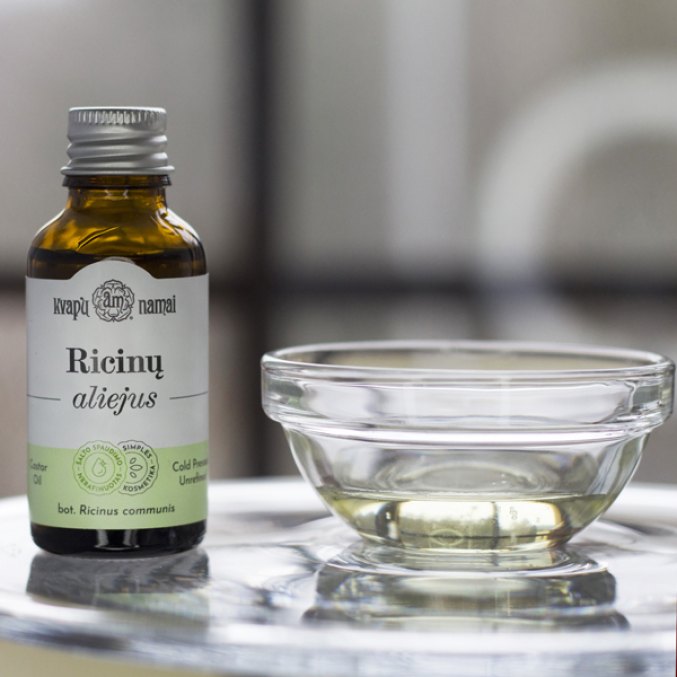

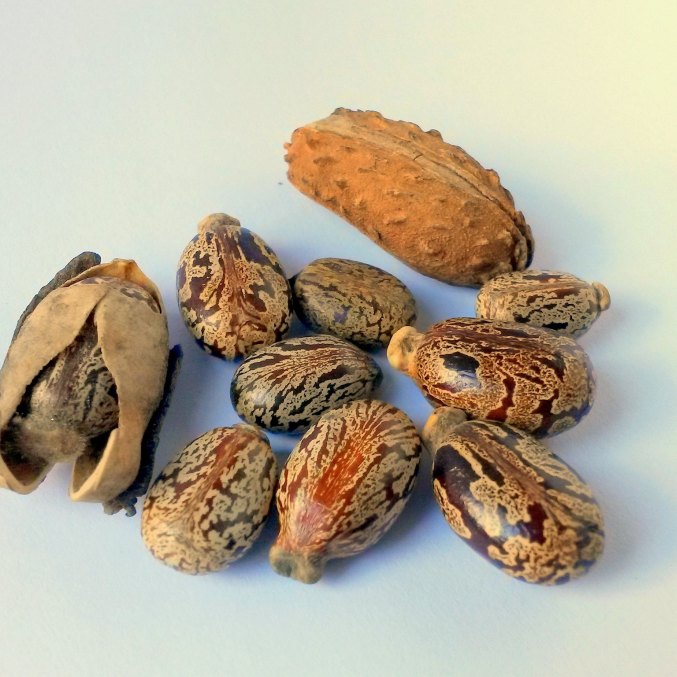
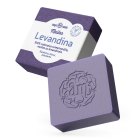
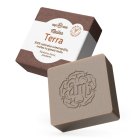
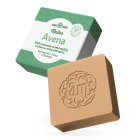
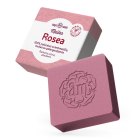
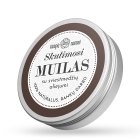
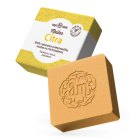
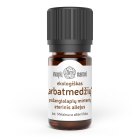
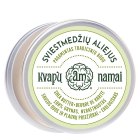
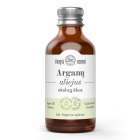
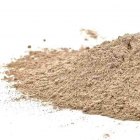

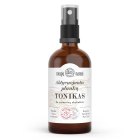
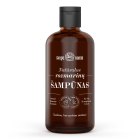
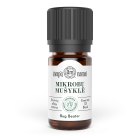
Ratings (6)